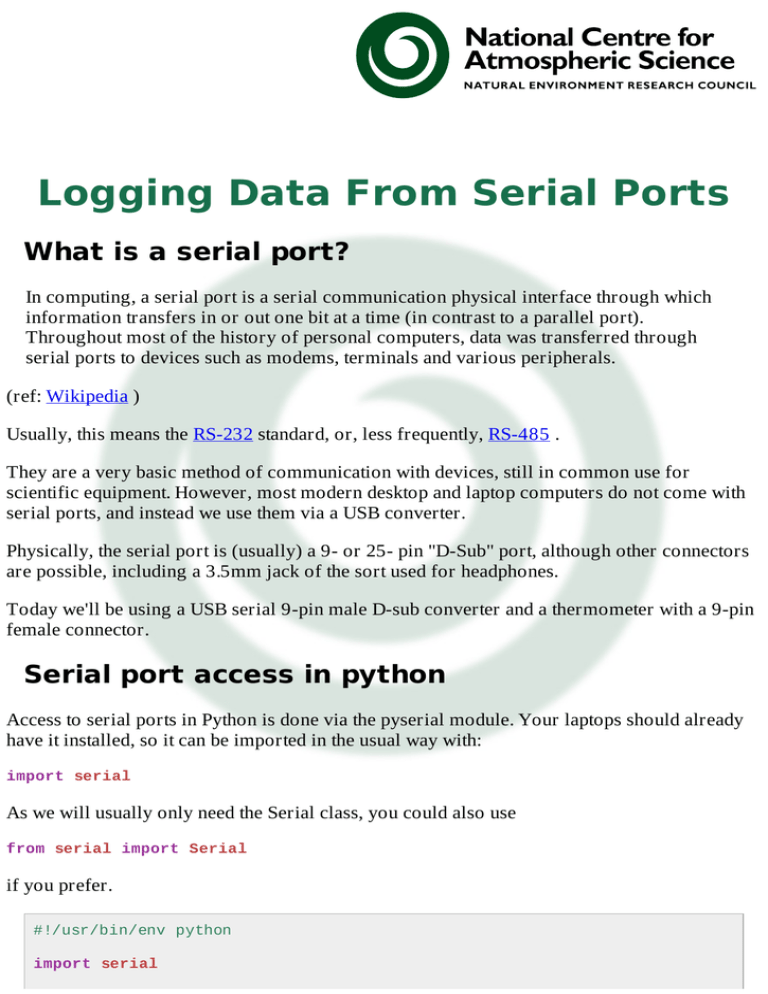
Also, ser.write() is replaced by ser.read(1), so that it reads one byte at a time. In the case there I received data from the Arduino, I used the script specified in the URL provided, which is very similar to the one I'm already showing here. Furthermore, I use Jupyter/IPython notebook to run my Python script, and the default Arduino IDE to compile programs for my Arduino. The TX pin of the converter is connected to the RX pin of the Arduino and vice versa. On the other side, I have an Arduino UNO which is connected via USB to the same computer. I've got an USB to Serial converter, which is connected as "COM3". By removing the if-condition, I get a whole lot of "Hello User" and "-1" in the Arduino IDE serial monitor. Also, no other signals are being printed. put your main code here, to run repeatedly: put your setup code here, to run once: SoftwareSerial mySerial(10, 11) // RX, TX The Arduino side looks like this, and is essentially the default example: (I'm using the standard serial port to send data to the terminal, and the SoftwareSerial Port to connect to the USB to Serial Connector.) Also, I'm using SoftwareSerial to set up a secondary serial terminal to see what the Arduino receives. However, whenever I send data from Pyserial or hTerm, it doesn't show up in the Arduino serial terminal. I've already verified that data transmission from Arduino to the PC is possible, by using hTerm and PySerial. I'm now using that Arduino to test how data is transmitted from a USB to Serial Connector to the Arduino. Open index.js and copy following contents (Change the serial port name appropriately).I've recently gotten my hands on an Arduino (or rather a Genuino, but the overall architecture should be the same) UNO.

Open your WSL console and run following cmds.

If your serial device is in loop-back mode (its writes back what it receives), you will see the following message on console Accessing COM port from NodeJsįor NodeJs we can use serialport package for serial port access. Ser.write(b'serail port on wsl \n') # write a string

Print(ser.name) # check which port was really used

Ser = serial.Serial('/dev/ttyS3') # open serial port mkdir wsl-python-spĬopy following code into hello.py import serial You can get the COM port number from device manager window. Any existing python program should work if we just change the serial port name to `/dev/ttyS`, where N is the COM port number. We will use pySerial to connect with serial port.


 0 kommentar(er)
0 kommentar(er)
